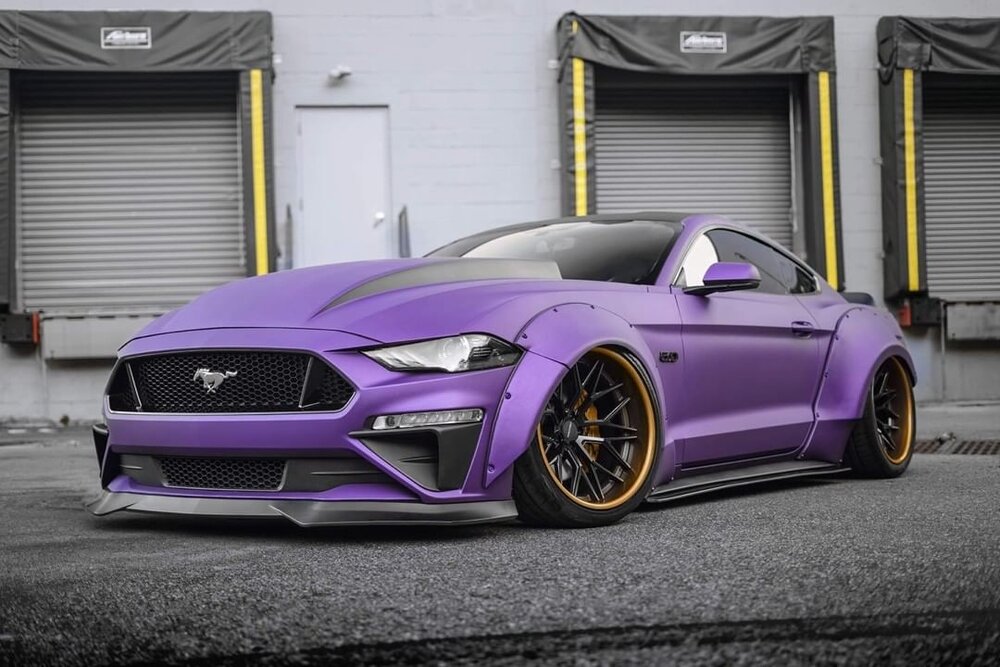
**Preparing for Liquid Car Wrapping**
1. **Workspace Requirements**:
– A clean and enclosed area with efficient airflow and good lighting is essential. Ideal settings include a paint booth, though it’s not always practical. Various establishments like auto tint shops, auto detail shops, car audio shops, and vinyl wrap shops can also serve as suitable locations.
2. **Equipment Essentials**:
– **Compressor**: A 60-80 Gallon Compressor is recommended for optimal results, as it helps in effective atomization of the coating. Using smaller compressors is not advised since they may struggle to maintain adequate airflow, leading to increased moisture in the tank and lines. This might necessitate frequent pauses during the process.
– **Spray Guns**: High-quality HVLP (High Volume Low Pressure) guns are preferable. Brands like Sata Jet, DeVilbiss, and Iwata are notable for their performance. Although more expensive, they tend to yield better results. For instance, an Iwata Kiwami4, though pricier, offers excellent output. Recommended tips are 1.8 for base/color and 1.3 for clearcoat. A Harbor Freights Black Widow HVLP is currently used for base/color coats, and the Iwata Kiwami4 for clearcoat. Upcoming tests with LVLP (Low Volume Low Pressure) guns will be shared.
3. **Additional Equipment**:
– **Compressor Application Tools**:
– 60-80 Gallon Compressor
– 3 Stage Air Filter with Auto Drain
– Flexible Air Hose (25ft)
– Devilbiss QC3 Air Filter
– HVLP Basecoat Gun 1.8 Tip (choose based on preference)
– Compressor Fittings
– HVLP or LVLP 1.3 Spray Gun (choose based on preference)
These recommendations aim to guide you through the setup and equipment selection for a successful liquid car wrapping process. The emphasis is on quality equipment for best results, and the forthcoming results with LVLP guns are anticipated with interes
To rewrite the provided content for clarity and conciseness:
—
**Preparing for Liquid Car Wrapping**
1. **Workspace Requirements**:
– A clean and enclosed area with efficient airflow and good lighting is essential. Ideal settings include a paint booth, though it’s not always practical. Various establishments like auto tint shops, auto detail shops, car audio shops, and vinyl wrap shops can also serve as suitable locations.
2. **Equipment Essentials**:
– **Compressor**: A 60-80 Gallon Compressor is recommended for optimal results, as it helps in effective atomization of the coating. Using smaller compressors is not advised since they may struggle to maintain adequate airflow, leading to increased moisture in the tank and lines. This might necessitate frequent pauses during the process.
– **Spray Guns**: High-quality HVLP (High Volume Low Pressure) guns are preferable. Brands like Sata Jet, DeVilbiss, and Iwata are notable for their performance. Although more expensive, they tend to yield better results. For instance, an Iwata Kiwami4, though pricier, offers excellent output. Recommended tips are 1.8 for base/color and 1.3 for clearcoat. A Harbor Freights Black Widow HVLP is currently used for base/color coats, and the Iwata Kiwami4 for clearcoat. Upcoming tests with LVLP (Low Volume Low Pressure) guns will be shared.
3. **Additional Equipment**:
– **Compressor Application Tools**:
– 60-80 Gallon Compressor
– 3 Stage Air Filter with Auto Drain
– Flexible Air Hose (25ft)
– Devilbiss QC3 Air Filter
– Retractable Air Hose Reel
– HVLP Basecoat Gun 1.7-1.8 Tip (choose based on preference)
– Compressor Fittings
– HVLP or LVLP 1.3 Spray Gun (choose based on preference)
These recommendations aim to guide you through the setup and equipment selection for a successful liquid car wrapping process. The emphasis is on quality equipment for best results, and the forthcoming results with LVLP guns are anticipated with interest.